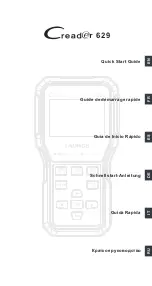
4. Proper Installation
1. Before installation, be sure to remove all protective seals.
2. Before installing the trap, blow out the inlet piping to remove all dirt and oil.
3. Install a bypass valve to discharge condensate, and inlet and outlet valves to isolate the trap
in the event of trap failure or maintenance.
4. Install the trap in the lowest part of the pipeline or equipment so the condensate flows
naturally downward into the trap by gravity. The inlet pipe should be as short and have as
few bends as possible.
5. Install the trap within the allowable inclination, as shown below. Also make sure that the
arrow mark on the body corresponds with the direction of flow.
6. Install a check valve at the trap outlet whenever the condensate discharge pipe leads to a
tank or recovery line; or whenever the condensate collection pipeline is connected to more
than one trap.
7. When completing the piping, support the pipes within 0.8 meters (2.5 ft.) on either side of
the trap.
8. To ensure proper condensate flow into the trap, remove the balancing line plug and install a
pressure-balancing line. Connect the end of the line to the air system at a place above any
possible condensate accumulation as shown on page 6.
9. To facilitate inspection and maintenance, install a union or flange where the trap has
connections (condensate inlet & outlet, pressure balancing line).
10. Prime the trap with water through the balancing port or line to ensure a seal.
11. Open the inlet and outlet valves and check to make sure that the trap functions properly.
• Installation, inspection, maintenance, repairs, disassembly, adjustment
and valve opening/closing should be done only by trained maintenance
personnel.
• Take measures to prevent people from coming into direct contact with
product outlets.
• Do not use excessive force when connecting threaded pipes.
• Use hoisting equipment for heavy objects.
• Install for use under conditions in which no freeze-up will occur.
• Install for use under conditions in which no water hammer will occur.
CAUTION
5˚
5˚
5˚
Allowable Inclination
Horizontal inclination
Vertical inclination
̶ 5 ̶






























